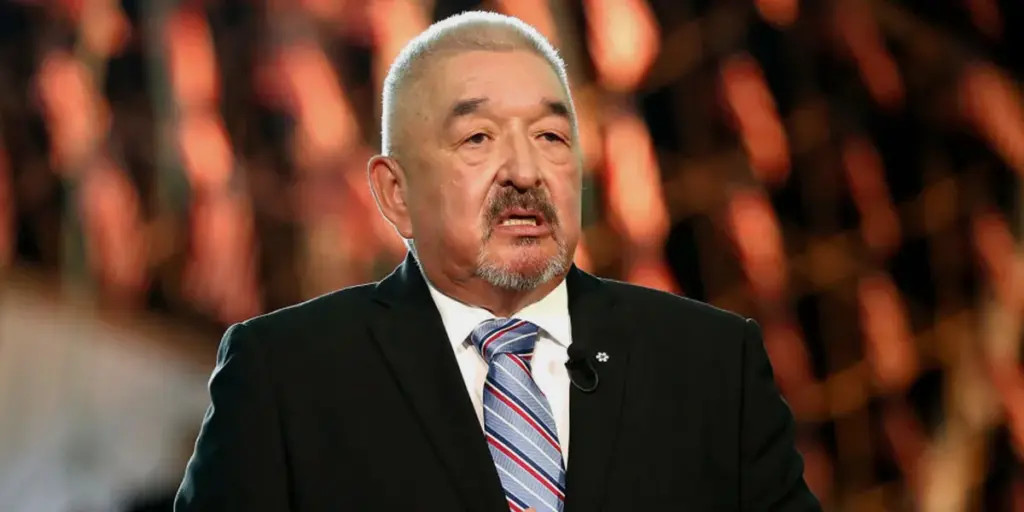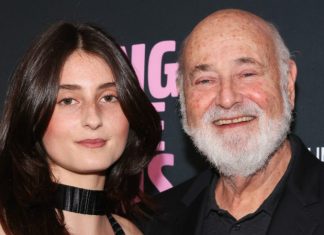Celebrating the Legacy of Graham Greene: A Trailblazer for Indigenous Representation in Hollywood
Graham Greene, a celebrated figure in the realm of acting, passed away on September 1, 2025, at the age of 73, after a lengthy battle with illness. His death occurred in a Toronto hospital, where he was surrounded by family and loved ones. Greene’s remarkable journey from a small-town tradesman to a global star is not only inspiring, but it also highlights the significant strides made in Indigenous representation within the film industry. His agent, Michael Greene, expressed the profound impact of Graham’s work, describing him as “a great man of morals, ethics, and character,” a testimony to the values he held dear throughout his life.
From Humble Beginnings to Acclaimed Actor
Born in Ohsweken, Ontario, Greene’s early life was rooted in a world far removed from the glitz and glamour of Hollywood. His upbringing was steeped in the rich traditions of the Six Nations of the Grand River, where he developed a deep appreciation for his heritage. Before discovering his passion for acting, he worked various trades, including welding and audio engineering. This hands-on experience in these fields instilled a strong work ethic and resilience in him, qualities that would later serve him well in the competitive entertainment industry.
Greene’s entrance into acting began on the stage, where he honed his craft through countless performances in local theaters. His commitment to perfecting his skills earned him recognition and accolades, including the prestigious Dora Mavor Moore Award, which marked him as a rising star in Canadian theater. This early acclaim paved the way for his eventual breakout role as Kicking Bird in the iconic film Dances with Wolves (1990). This performance not only garnered him an Oscar nomination, a rare achievement for Indigenous actors at the time, but also solidified his place as a prominent advocate for Indigenous representation in Hollywood.
A Cultural Icon and Advocate
Greene’s contributions to cinema extended beyond his acting prowess; he became a pivotal voice for Indigenous communities across North America. Throughout his career, he actively sought to portray Indigenous characters with depth and authenticity, challenging the long-standing stereotypes that had pervaded Hollywood narratives. His roles in films like The Green Mile (1999) and Wind River (2017) often depicted the richness of Indigenous cultures, emphasizing their complexities and humanity, which resonate with audiences worldwide.In interviews, Greene often spoke passionately about the importance of representation. He stated that it was essential for Indigenous people to see themselves reflected on screen, as this visibility fosters pride and understanding among both Indigenous and non-Indigenous viewers. He believed that art could bridge cultural divides and promote empathy between different communities. His advocacy extended beyond acting; he participated in various initiatives aimed at empowering Indigenous artists through mentorship programs and workshops, promoting Indigenous stories within the entertainment industry. He was actively involved with organizations that supported Indigenous filmmakers and artists, ensuring they had the resources and support needed to thrive.
A Lasting Legacy
As Hollywood continues to evolve, Greene’s legacy as a trailblazer for Indigenous representation will be felt for generations to come. His influence can be seen in the increasing number of Indigenous actors, filmmakers, and storytellers who are gaining visibility in the industry today. The conversations he initiated about representation, equality, and cultural integrity are more relevant than ever, inspiring a new wave of creators to share their authentic stories. Greene’s determination to tell truthful narratives about Indigenous peoples helped to dismantle the harmful tropes that had long dominated cinematic portrayals.In the wake of his passing, many in the film community took to social media to honor Greene’s memory, sharing stories of how he impacted their lives and careers. Tributes poured in from fans, colleagues, and fellow actors, all celebrating not only his talent but also his unwavering commitment to uplifting Indigenous voices. Greene’s ability to transcend boundaries and connect with audiences on a human level is a testament to the artistry and dedication that defined his work. His legacy challenges future generations to pursue the same level of authenticity and representation in their own artistic endeavors.
The Future of Indigenous Representation in Hollywood
As we reflect on Graham Greene’s remarkable journey, it is crucial to acknowledge the ongoing challenges and opportunities for Indigenous representation in the entertainment industry. Despite the progress made in recent years, many Indigenous stories remain untold or misrepresented. However, the groundwork laid by pioneers like Greene has opened doors for future generations to step into the limelight and share their narratives authentically. Today, initiatives aimed at increasing diversity in film and television are gaining traction, as industry leaders recognize the value of inclusive storytelling.The call for inclusive storytelling is louder than ever, and with the advancements in technology and the rise of streaming platforms, there is a growing appetite for diverse voices in film and television. The industry is beginning to recognize the importance of Indigenous narratives, and as more creators take the reins, stories that celebrate cultural heritage and address contemporary issues are emerging. The success of projects like Rutherford Falls and Reservation Dogs demonstrates that there is a significant audience for well-crafted Indigenous narratives that resonate with a broad spectrum of viewers.
In conclusion, Graham Greene’s legacy serves as a beacon of hope and inspiration. His life and work exemplify the profound impact of representation in the arts and the importance of telling diverse stories. As we celebrate his accomplishments, let us also commit to continuing the dialogue about inclusivity and visibility in Hollywood. It is essential that the voices of Indigenous peoples are not only heard but celebrated in their full richness. Greene’s journey reminds us that the fight for representation is ongoing, and it is up to each generation to build upon the foundation he and others have laid. By doing so, we ensure that the contributions of Indigenous artists continue to enrich the cultural tapestry of storytelling for years to come.

















